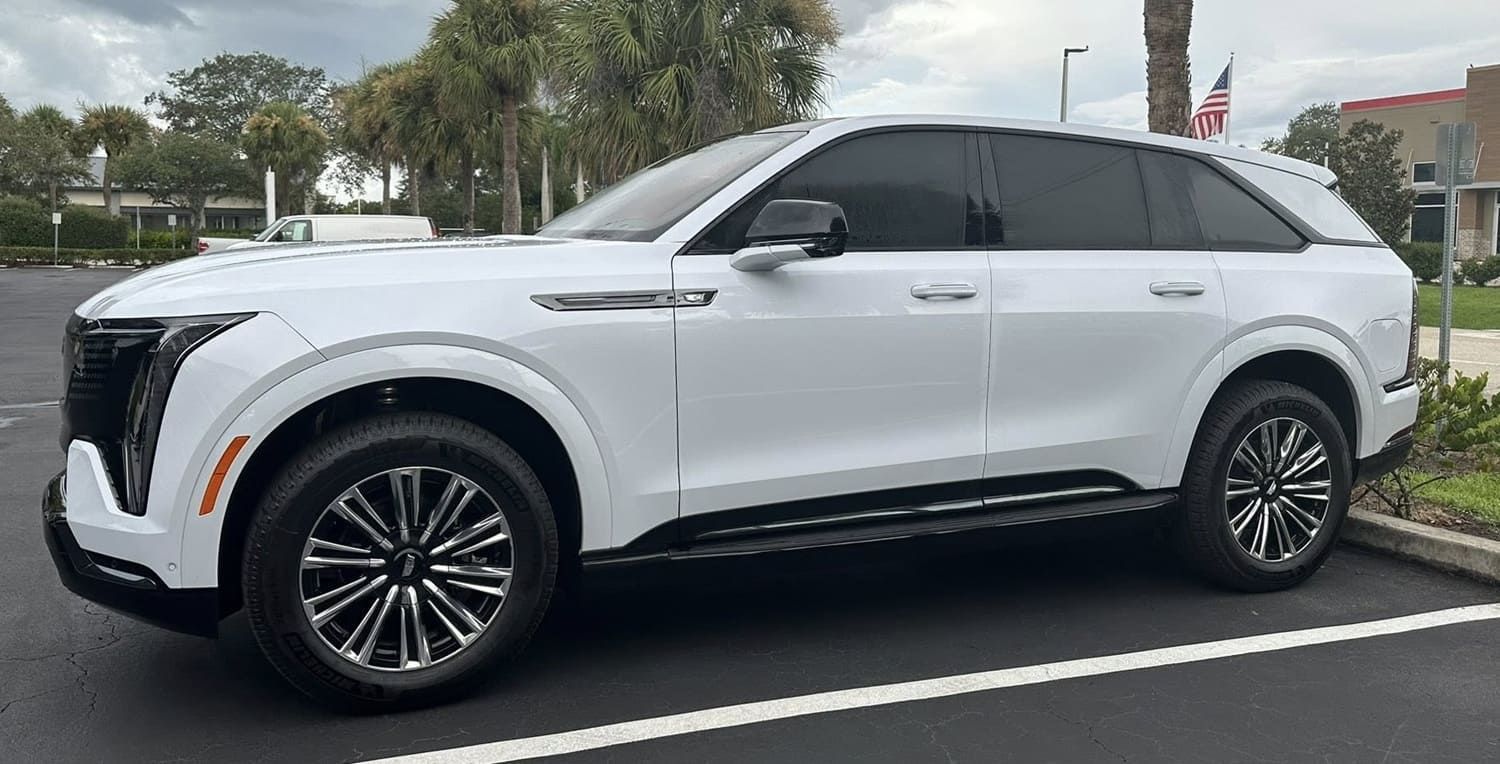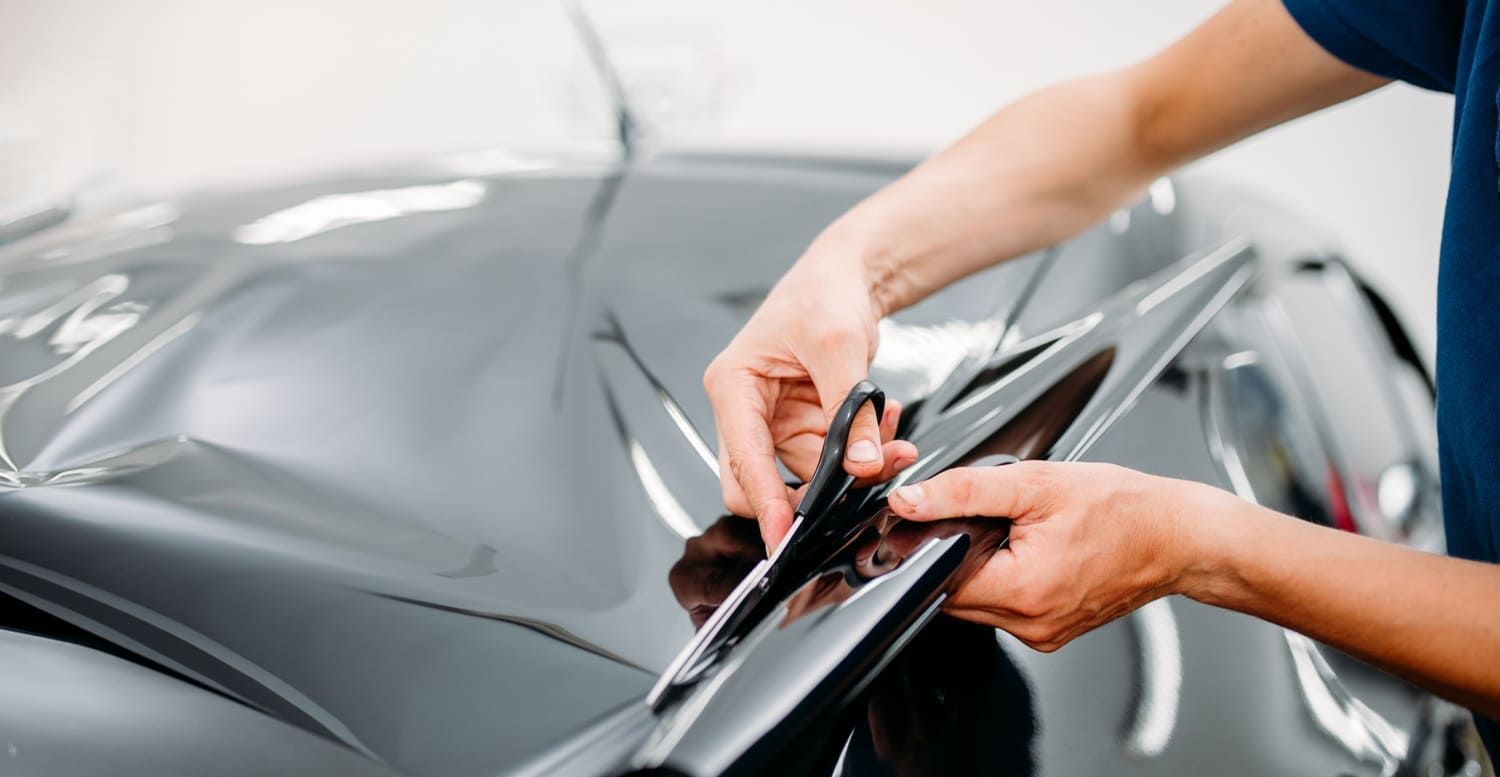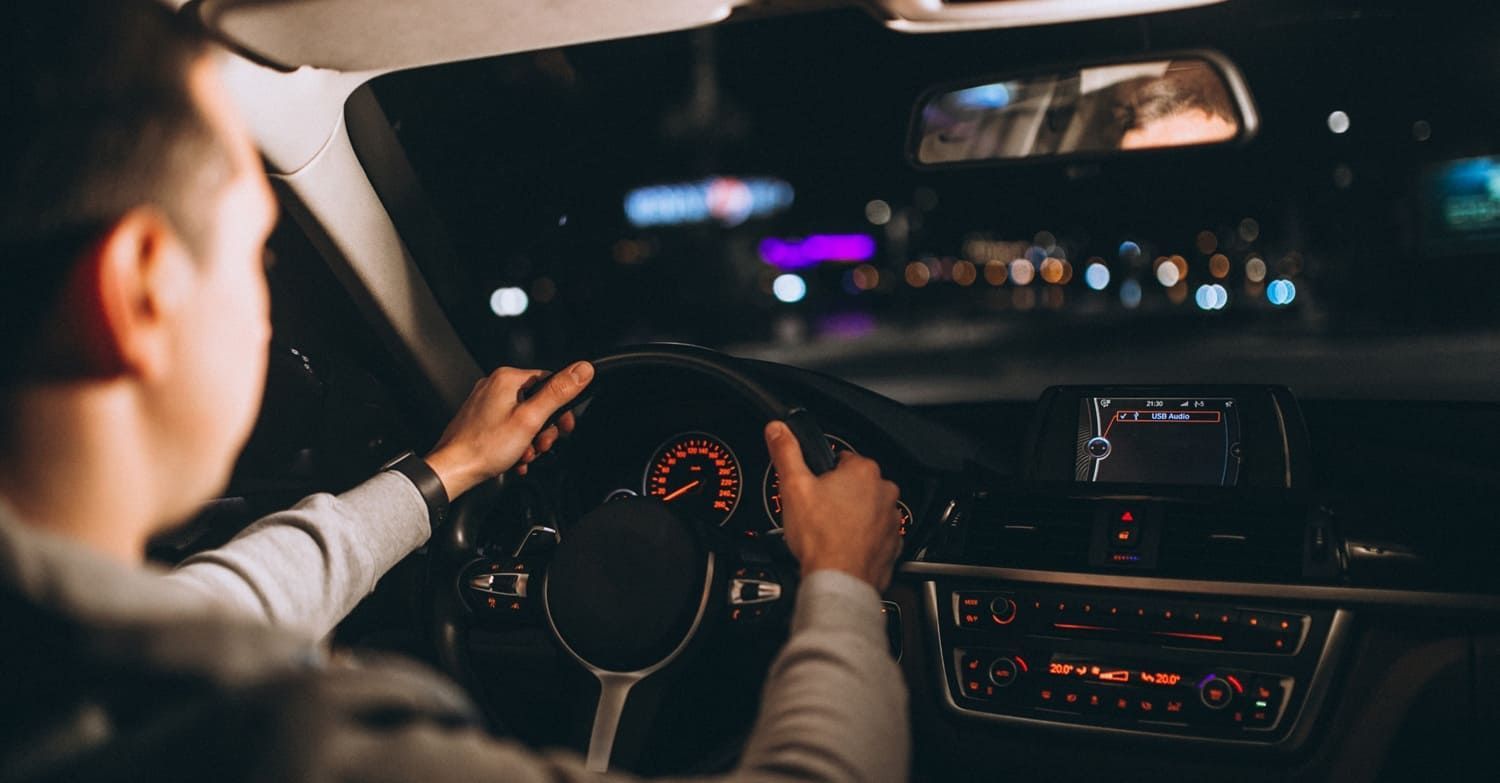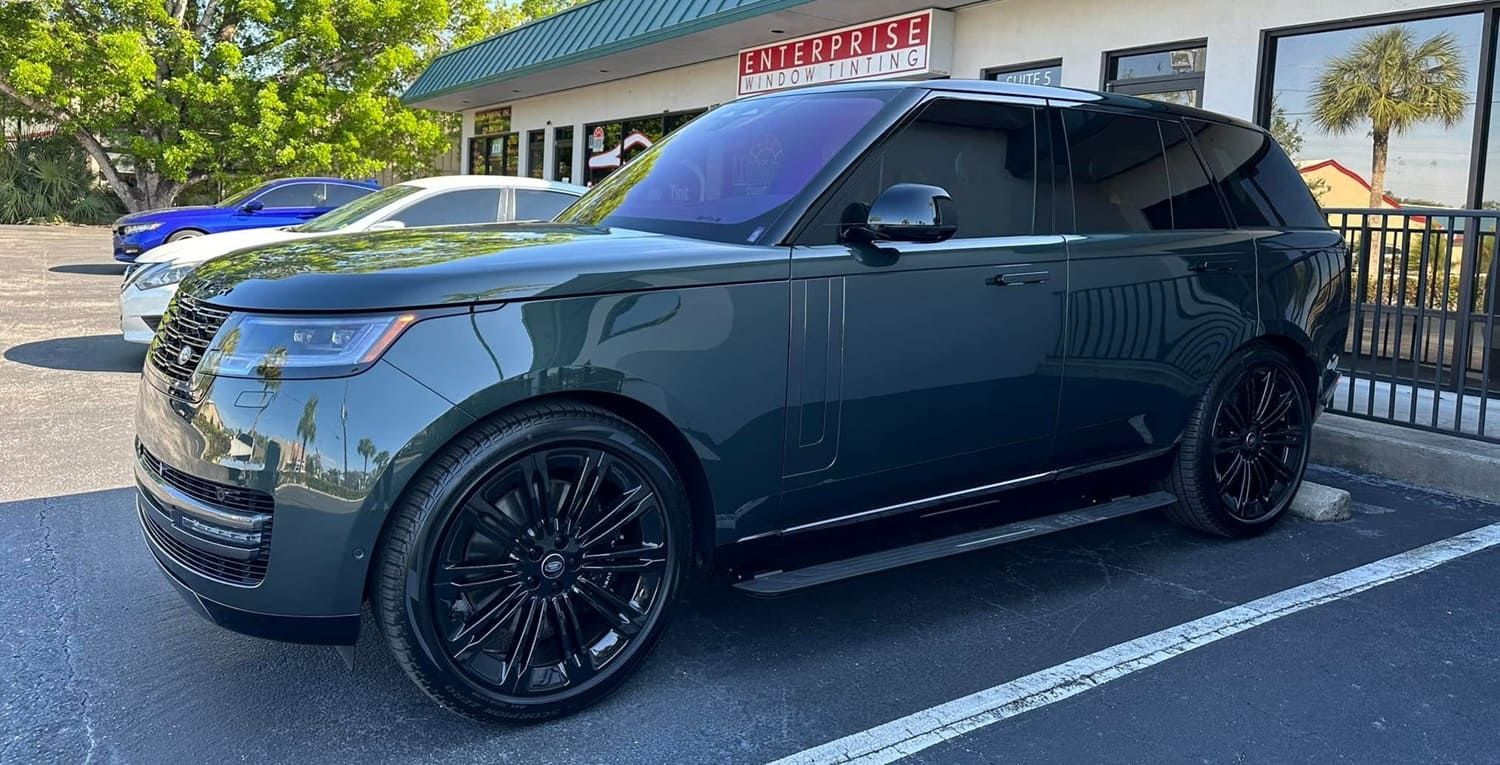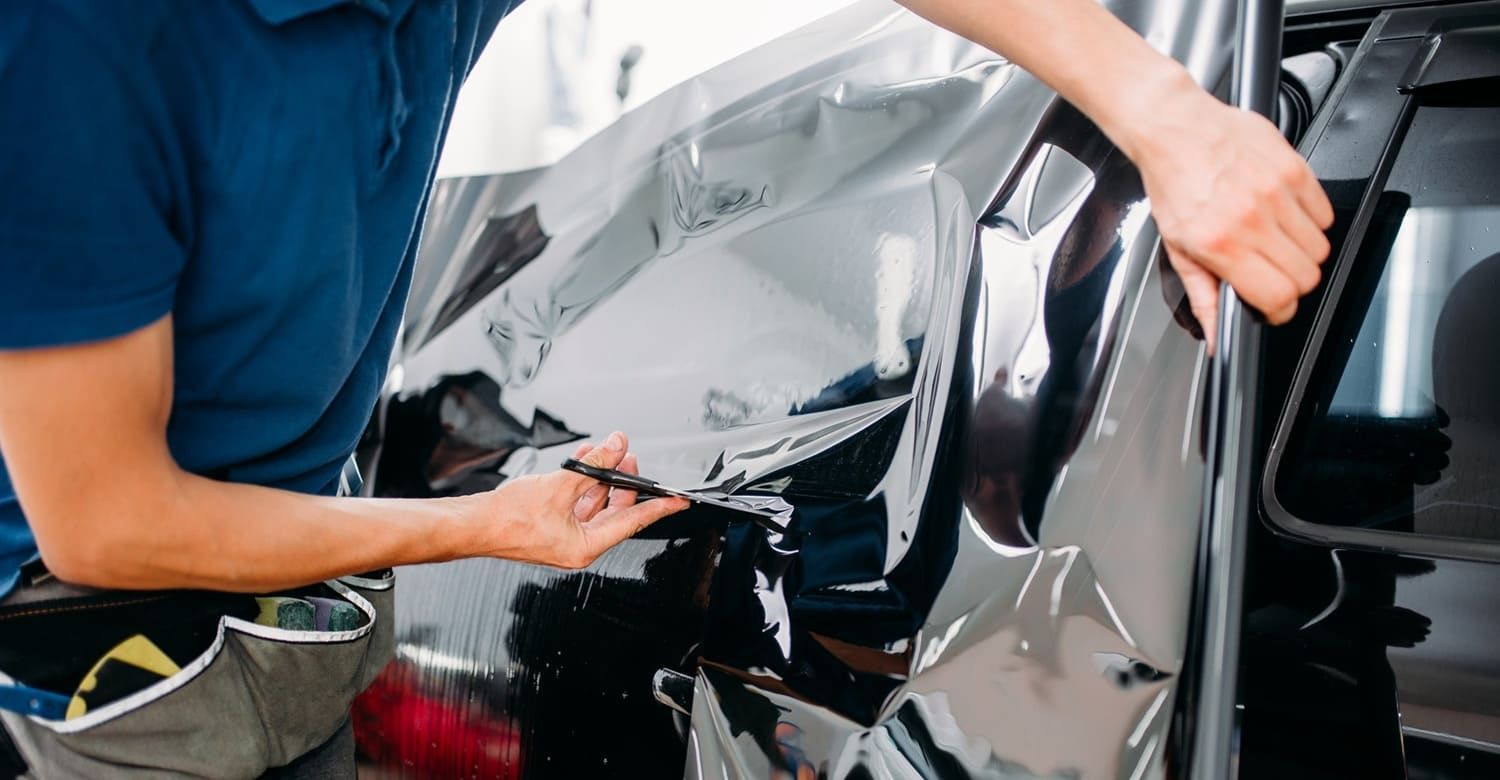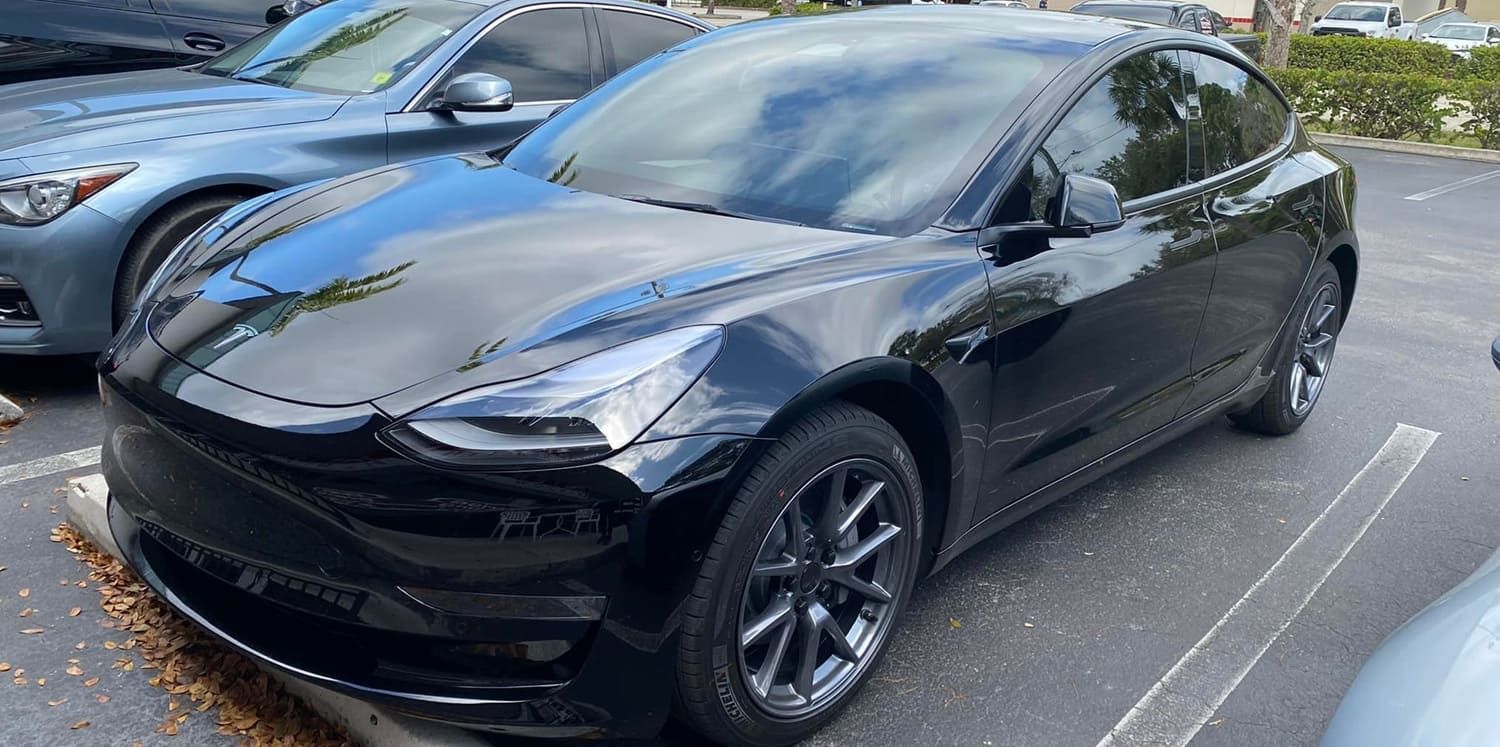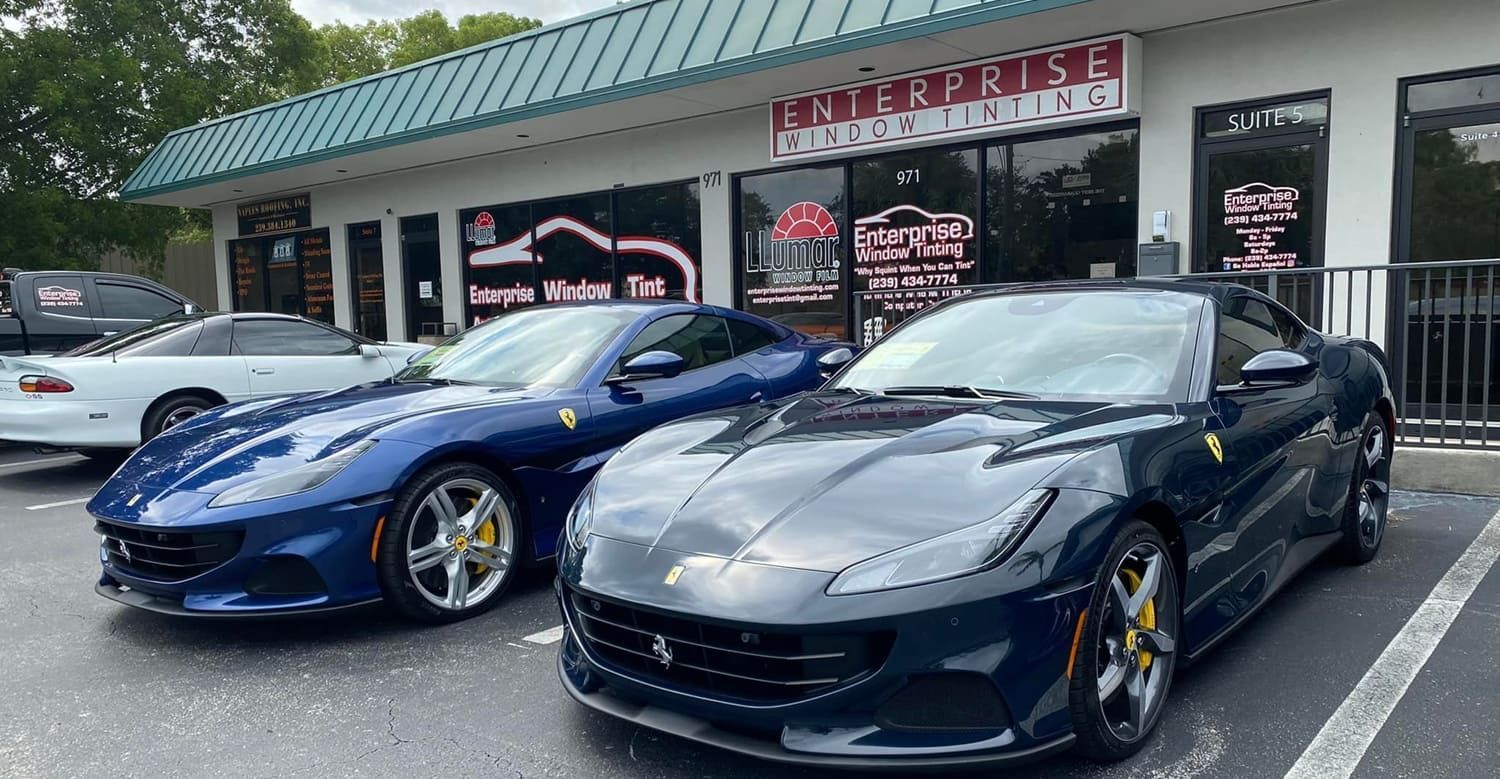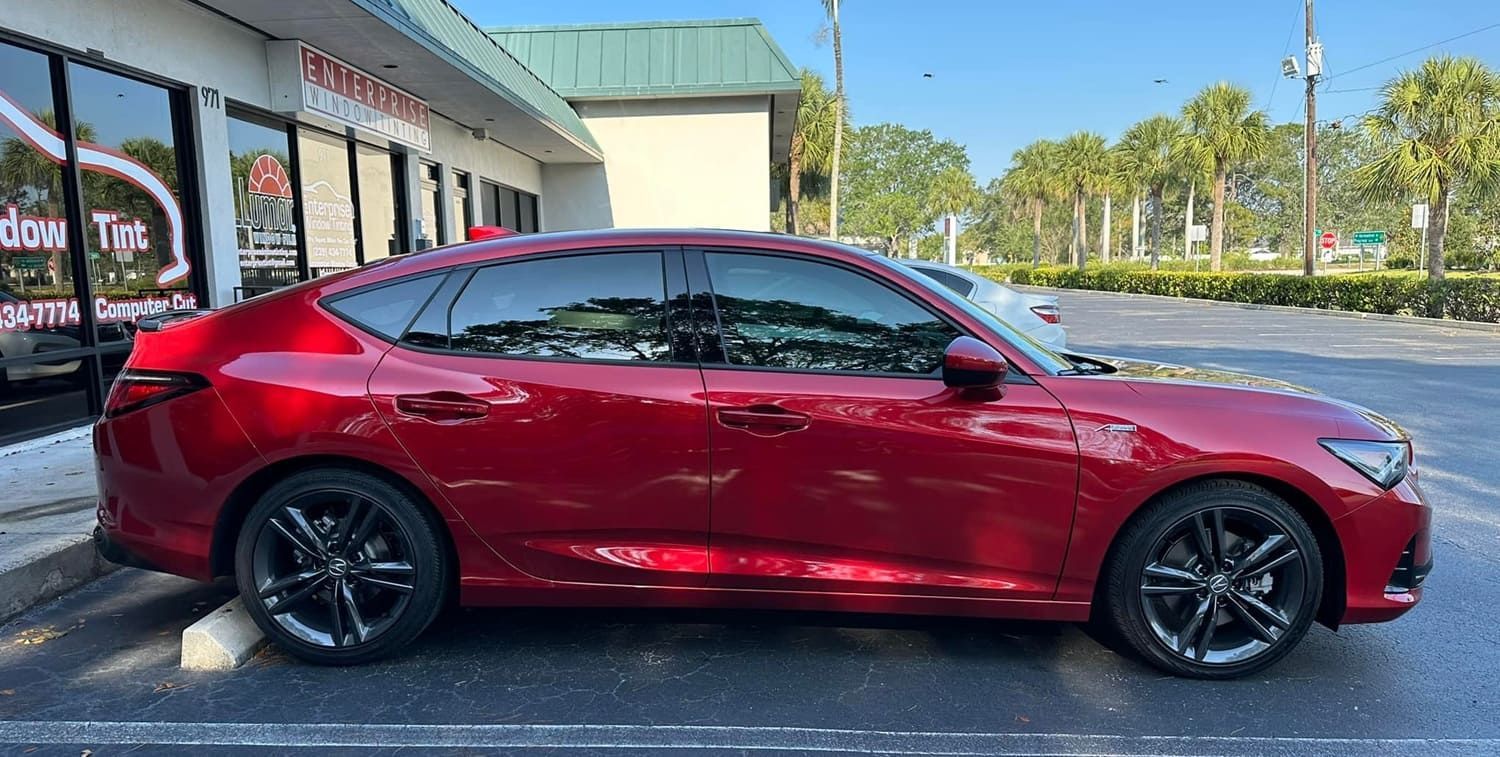Can Tinted Windows Improve Night Driving Safety?
Driving at night presents unique challenges that can sometimes make the experience daunting, especially for those who are not accustomed to the reduced visibility and increased glare from headlights. Many drivers find themselves squinting against the bright lights of oncoming traffic, which can lead to eye strain and fatigue. This raises the question: can tinted windows be a viable solution for improving night driving safety? In this article, we will delve into the advantages and potential downsides of using tinted windows, with a particular focus on their impact during nighttime driving. Additionally, we will discuss the legal aspects of window tinting to ensure you remain compliant with local regulations.
Tinted windows refer to car windows that have been coated with a thin laminate film, which serves to reduce glare and manage the amount of light entering the vehicle. This film comes in various shades and colors, allowing for different levels of light filtration. The primary aim of window tinting is to
enhance comfort by reducing the sun's glare during daylight hours, which in turn helps in minimizing the heat build-up inside the vehicle. For many, this not only improves the aesthetic appeal of the car but also contributes to a more pleasant driving experience.
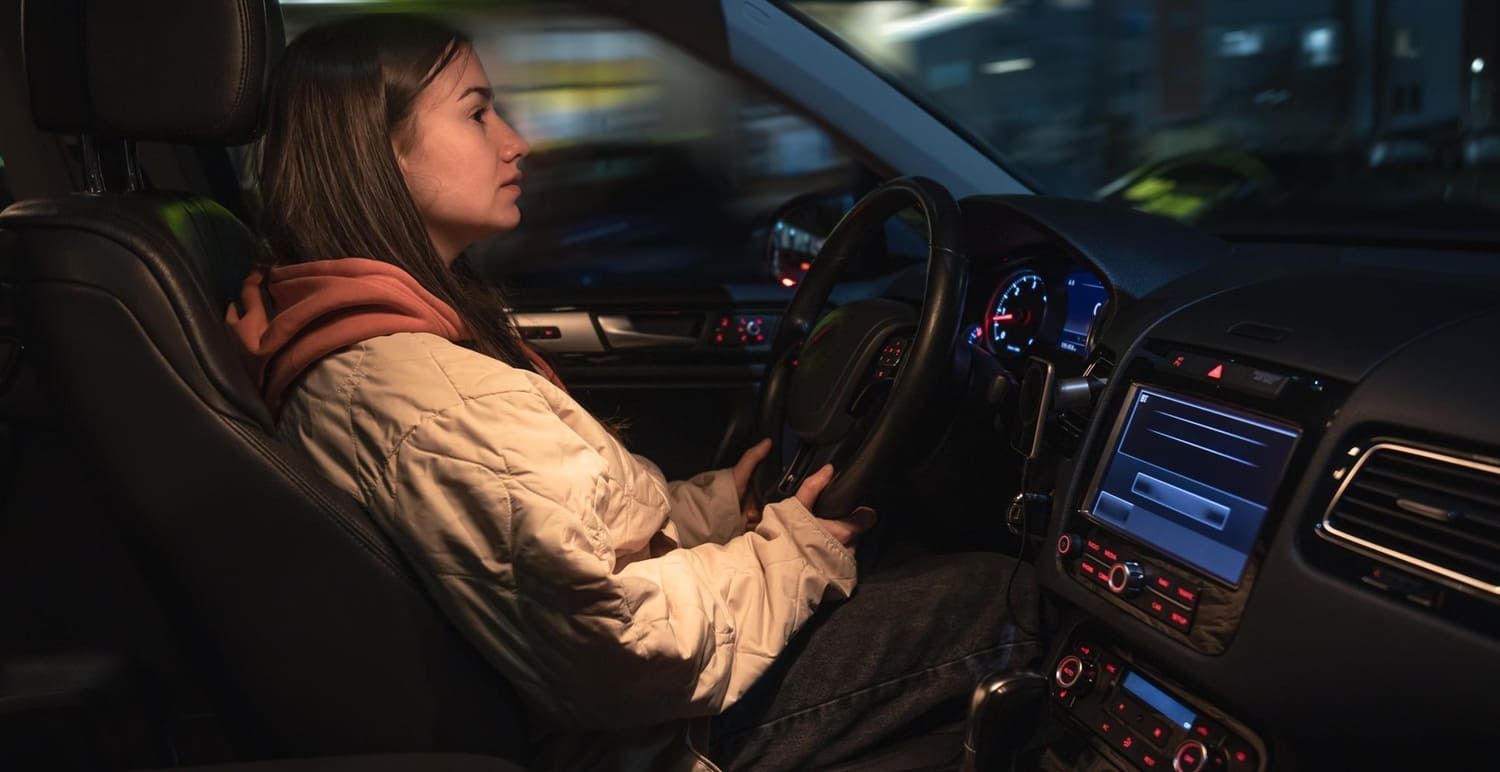
Types of Window Tint
There are several types of window tint films available, each offering distinct characteristics and benefits:
- Dyed Window Tint: This is the most cost-effective option, providing a darker look without additional features. It primarily serves aesthetic purposes and offers a basic level of glare reduction.
- Metalized Film: This type of tint has metal particles embedded in the film, which add strength to the windows and significantly reduce heat. However, it can interfere with electronic signals, potentially affecting devices like GPS and mobile phones.
- Carbon Tint Film: Known for its matte finish, carbon tint film is durable and does not fade over time. It offers excellent UV protection, making it a popular choice for those looking to protect their car's interior from sun damage.
- Ceramic Film: This premium option is renowned for its outstanding performance in terms of heat reduction and UV protection. Unlike metalized films, ceramic films do not interfere with electronic devices, making them an ideal choice for tech-savvy drivers.
How Tinted Windows Affect Night Driving
Reducing Glare
One of the primary benefits of tinted windows is their ability to mitigate glare from other vehicles' headlights. This glare can be particularly distracting and even dangerous, as it causes eye strain and makes it difficult to concentrate on the road ahead. By minimizing this glare, tinted windows can provide a more comfortable and safer driving experience during nighttime hours. The reduction in glare can also help prevent temporary blindness caused by sudden exposure to bright lights, which is a common issue for night drivers.
Enhancing Visibility
While it might seem counterintuitive, some drivers report that lightly tinted windows can actually improve night visibility by softening the intensity of oncoming lights and balancing the brightness inside the car. This can lead to a more relaxed driving environment, reducing the need to squint or avert your eyes. However, it's crucial to strike the right balance; overly dark tints can severely impair visibility, especially in poorly lit areas or adverse weather conditions, potentially increasing the risk of accidents.
Potential Drawbacks
- Reduced Visibility: Despite their benefits in reducing glare, very dark tints can limit your ability to see clearly, particularly in low-light conditions. This can be dangerous in situations where quick reactions are necessary, such as spotting pedestrians or navigating poorly lit intersections.
- Legal Concerns: Various regions have strict regulations concerning the permissible darkness of window tints. Using a tint that exceeds legal limits can result in fines or even necessitate the removal of the tint. It's important for drivers to be aware of these regulations to avoid legal complications and ensure road safety.
Regulations on Window Tinting
Understanding Local Laws
Before proceeding with window tinting, it's imperative to familiarize yourself with the legal requirements in your area. These laws are designed to ensure that drivers maintain adequate visibility, thereby promoting safety on the roads. Ignorance of these regulations can lead to unwelcome fines and penalties, so due diligence is essential.
Typical Regulations
Most jurisdictions have specific guidelines regarding the minimum amount of light, known as Visible Light Transmission (VLT), that must be allowed through car windows. These regulations are in place to ensure that tints do not obstruct a driver's view. For example, many states in the U.S. mandate that front side windows must permit more light compared to rear windows to ensure the driver has a clear view of the road.
Example VLT Requirements:
- Front Side Windows: Must allow 70% of light in. This ensures that the driver can clearly see their surroundings and any potential hazards on the road.
- Back Side Windows: Can be darker, sometimes allowing as low as 30% VLT. This offers passengers more privacy without compromising the driver's visibility.
- Rear Windows: Often have similar requirements to back side windows, but regulations can vary more. It's crucial to check local laws to ensure compliance.
Consequences of Non-Compliance
Failing to adhere to tinting regulations can lead to a range of consequences, including fines, mandatory vehicle inspections, and the requirement to remove non-compliant tints. It's advisable to consult local laws or seek guidance from a professional tinting service to ensure your vehicle meets all legal standards. This proactive approach can save you time, money, and legal trouble in the long run.
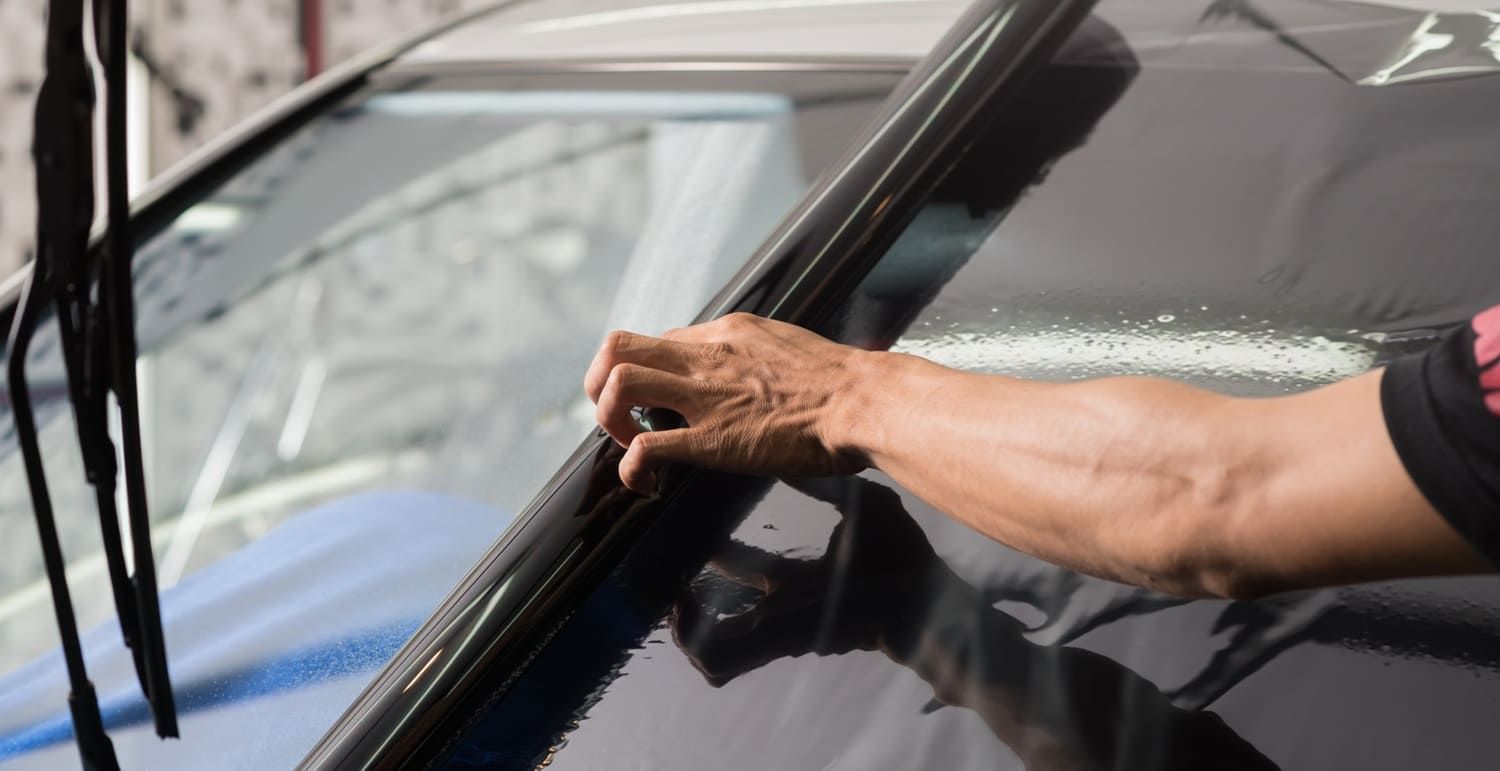
Choosing the Right Tint for Night Driving
Balancing Benefits and Risks
When selecting a tint for night driving, it's essential to weigh the benefits against the potential risks. A lighter tint can offer sufficient glare reduction without significantly impairing visibility. It's wise to opt for a reputable brand, such as Llumar auto window tint, known for its quality and performance. This ensures that you receive a product that not only meets your aesthetic preferences but also adheres to safety and legal standards.
Professional Installation
For optimal results, having your window tint installed by a professional is highly recommended. Professionals can provide valuable advice on the best type of tint for your specific driving needs and ensure it is applied correctly and legally. An expert installation can also prevent common issues such as air bubbles and peeling, which can occur with DIY applications. By entrusting the job to a professional, you can enjoy peace of mind knowing that your tint is both effective and compliant.
Conclusion
Tinted windows can indeed enhance night driving safety by reducing glare and improving comfort. With Enterprise Window Tinting in Naples, FL, a trusted LLumar Dealer and premier car window tinting installer near you, you’ll receive expert guidance to select the appropriate level of tint while ensuring compliance with Florida regulations.
By finding the right balance, you can enjoy the benefits of tinted windows without compromising safety or legality. As with any vehicle modification, informed decisions and professional installation from Enterprise Window Tinting are key to achieving the best results.
Contact Enterprise Window Tinting in Naples, FL today for your free estimate and discover the difference professional LLumar tint installation can make for your vehicle.
FAQs About Tinted Windows and Night Driving Safety
Can tinted windows make night driving safer?
Yes. Quality tint reduces glare from headlights and streetlights.
Does tinting improve visibility at night?
Yes, if you choose a legal, lighter film that balances clarity and glare reduction.
Can dark tint make night driving unsafe?
Yes. Overly dark tint can reduce visibility and reaction time.
Which type of tint is best for night driving?
Ceramic tint, as it blocks glare without needing to be very dark.
Does tinting reduce eye strain at night?
Yes. It softens harsh light and helps eyes adjust more comfortably.
Is tinting legal for night driving safety in all states?
No. Laws set limits on how dark tint can be, especially on front windows.
Does tint affect interior mirror visibility at night?
A light, quality tint maintains clear reflection without distortion.
Can tinting benefit drivers with sensitive eyes?
Yes. It reduces glare, making night driving more comfortable and safer.

